Help your students understand the purpose of mimicry and its variations with an engaging, interactive teaching slide deck.
What is Mimicry? A Definition for Kids!
Mimicry is a term used to describe when one living thing copies the appearance, behavior, or sound of another living thing. This happens in nature, where some animals or insects look like something else to protect themselves from predators or catch prey. For example, some butterflies have patterns on their wings that look like the eyes of a bigger animal, which can scare away predators. Mimicry is a way for creatures to survive by either blending in with their environment or tricking other animals into thinking they are something else. It’s like pretending to be someone or something else to stay safe or catch food.
What Animals Use Mimicry? Dive Into Your Animal Adaptation Lesson Plans!
Many animals use mimicry as a survival strategy. Teach your students all about them! Some well-known examples include:
- Mimic Octopus: This remarkable cephalopod can mimic the appearance and movements of various marine animals, such as lionfish, flatfish, and sea snakes, to avoid predators or sneak up on prey.
- Several species of butterflies use mimicry to deter predators. For instance, the viceroy butterfly mimics the monarch butterfly’s bright orange and black patterns, warning predators that they taste bad.
- Leaf-tailed geckos have evolved to resemble leaves, complete with veins, providing excellent camouflage against tree bark in their natural habitat.
- The lyrebird, native to Australia, is renowned for its ability to mimic various sounds, including chainsaws and camera shutters, as part of its courtship display or to ward off competitors.
Learn the Types of Mimicry & Related Vocabulary
To ensure your students grasp the complex science vocabulary related to the types of mimicry and animal adaptations, they need plenty of discussion and visual examples to clarify word meanings. This teaching slide deck is perfect for doing just that! It includes various interactive activities sprinkled throughout to get your students thinking, talking, and looking out for amazing animals that use mimicry to survive. Some of the essential ideas your students will learn from this slide deck are:
- What is mimicry?
- How do animals use mimicry to survive?
- What animals use mimicry?
- What does mimic mean?
- What are the different types of mimicry?
- How does mimicry benefit an organism?
This resource downloads as an easy-to-use, editable Google Slides presentation. Simply download, make your own copy, and you’re ready to teach! Click the download button to grab your teaching resource now!
This resource was created by Lindsey Phillips, a teacher in Michigan and Teach Starter Collaborator.
Need more plant and animal adaptation resources? Try these on for size!
[resource:46258] [resource:49325] [resource:4831558]
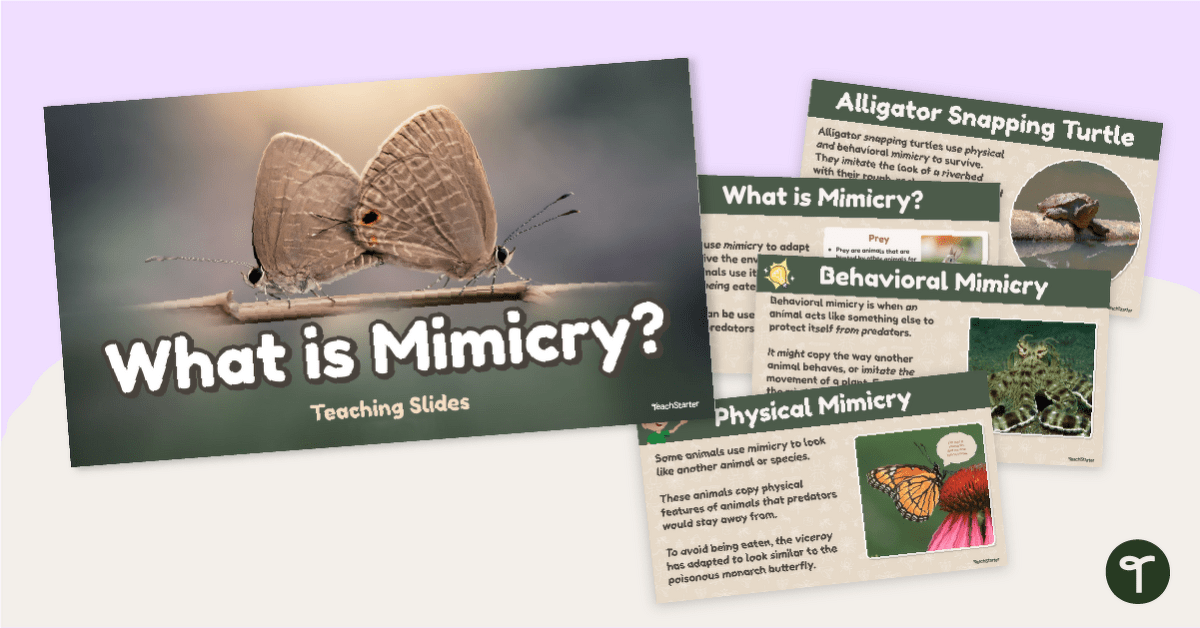


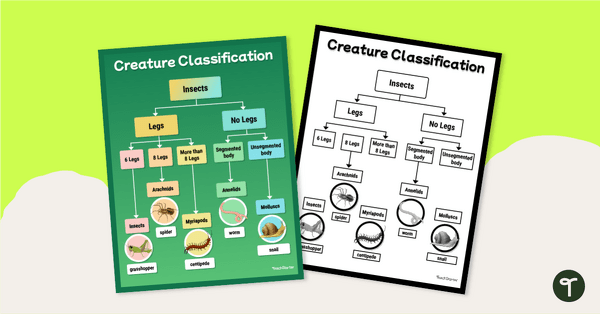
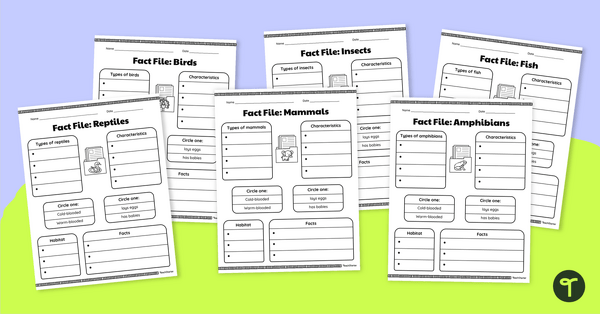
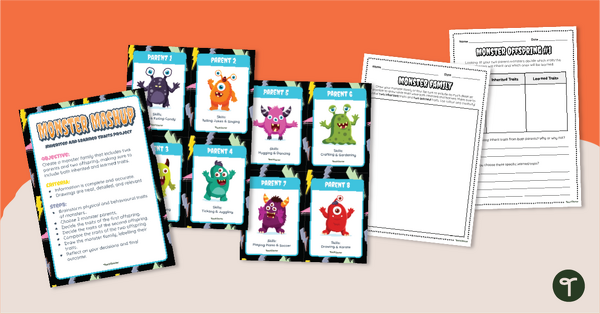
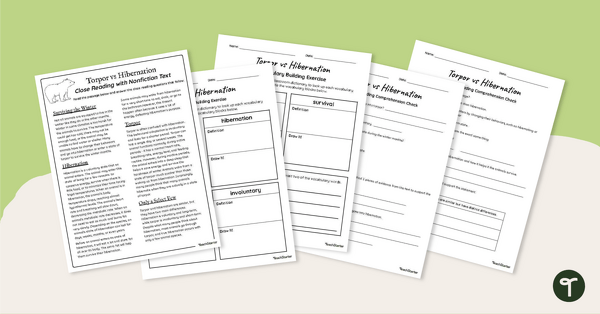
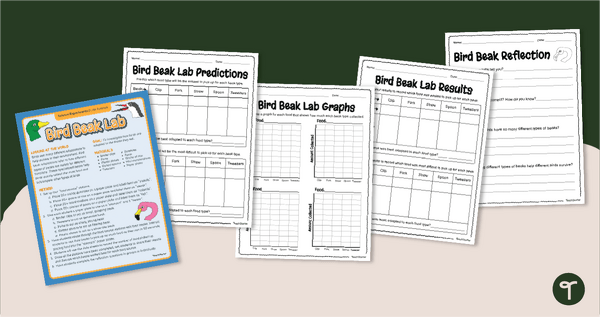
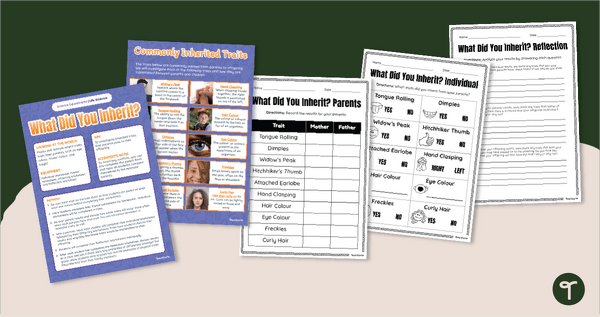
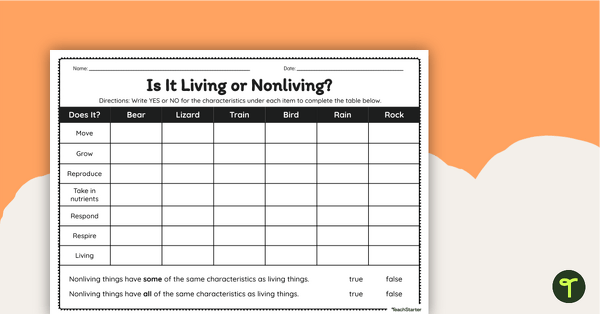
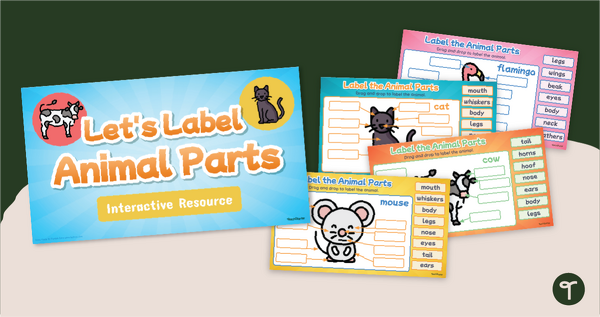
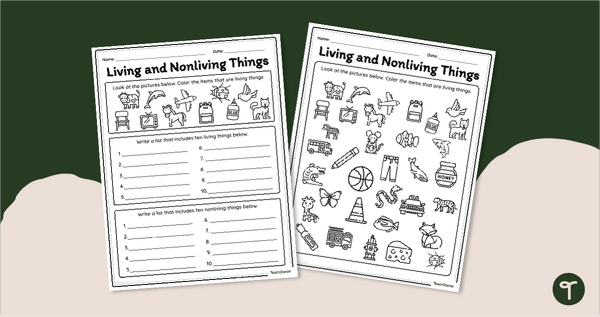
0 Comments
Write a review to help other teachers and parents like yourself. If you'd like to request a change to this resource, or report an error, select the corresponding tab above.